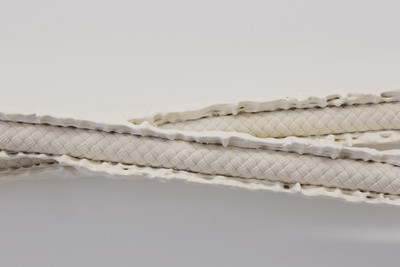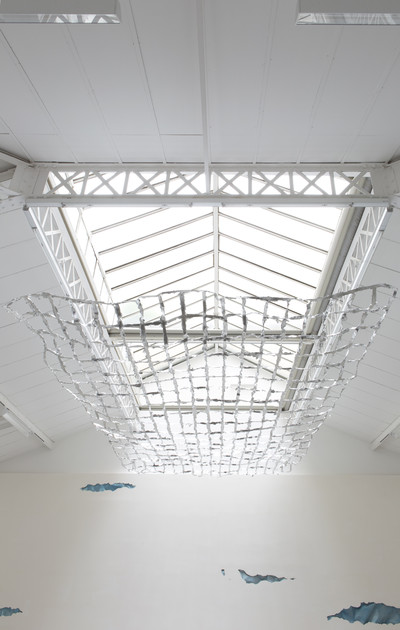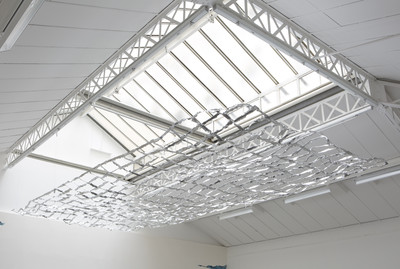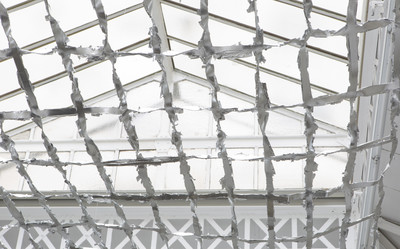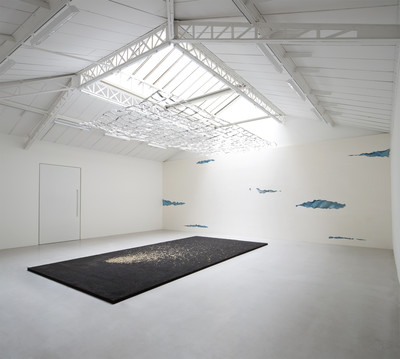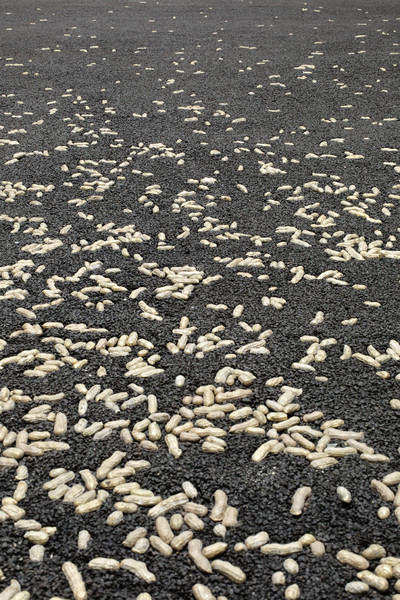Kamel Mennour is pleased to present Michel François’ second solo show at the gallery.
Michel François’ sculpture is rhythm, movement, and breath – his works infuse his materials with the movements of the world. “Ciel Ouvert” [Open Sky], his second solo show at the galerie kamel mennour, puts us in the presence of a fissured landscape where the sky and the asphalt, like contemporary vanities, question earthly existence, its fleeting nature, its conquests, and more.
It begins with the infinite. The sky opens with a sign: a configuration of the...
Read more

